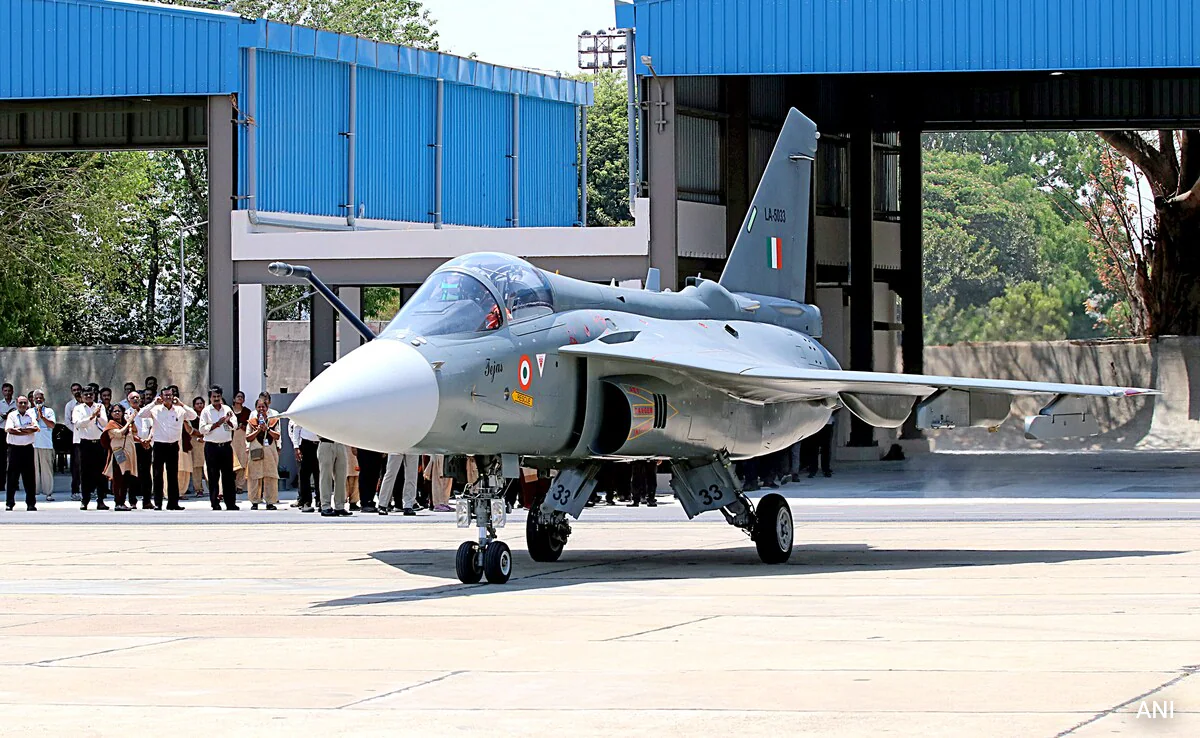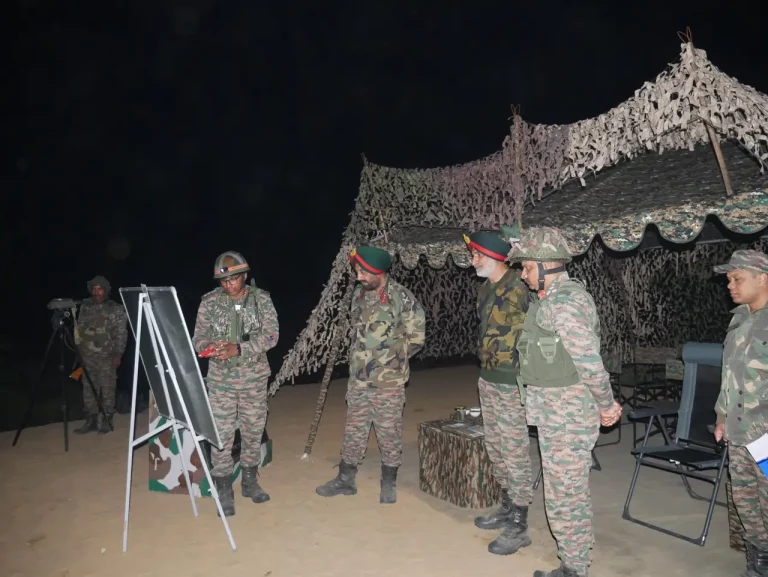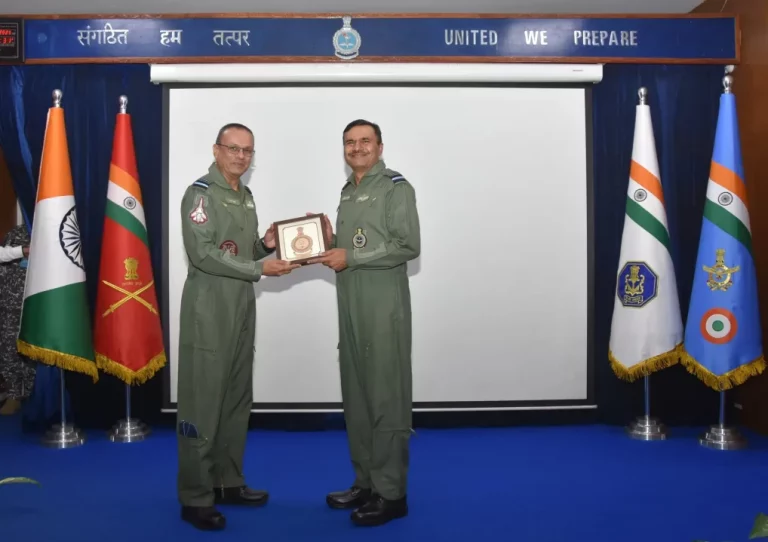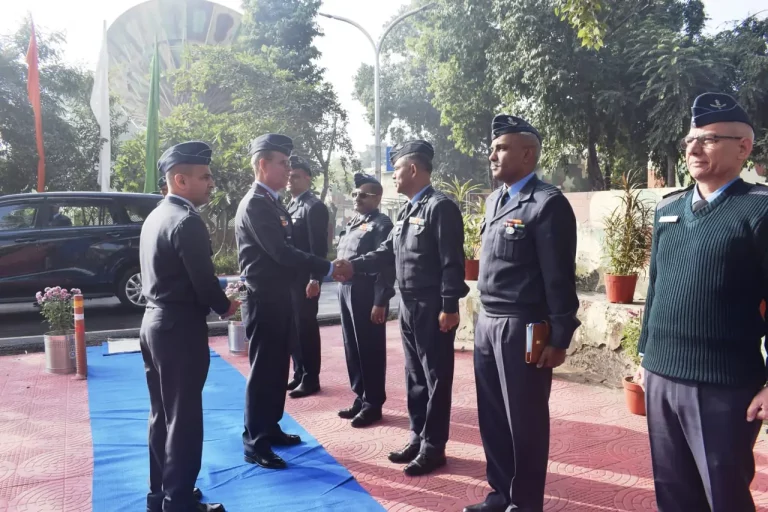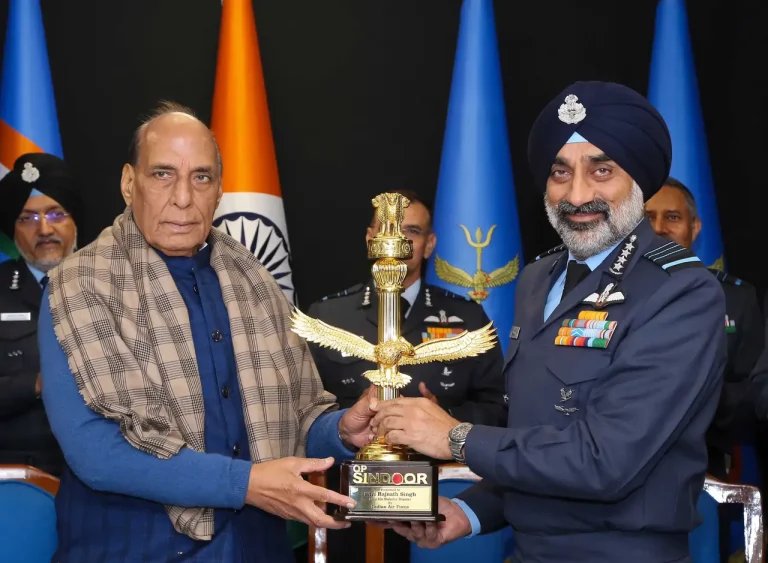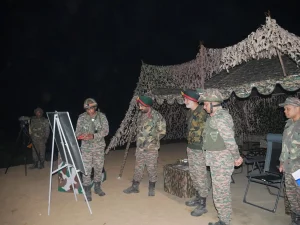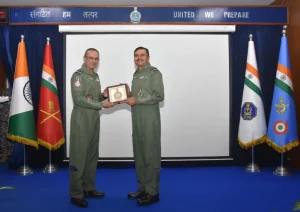Hindustan Aeronautics Limited (HAL) is on track to deliver the first Tejas Mk-1A aircraft from its newly established production facility in Nashik by the end of June. This significant development for India’s indigenous fighter jet programme follows recent comments from Air Chief Marshal Amar Preet Singh, who expressed concerns regarding delays in production timelines and emphasized the urgent need to bolster the Indian Air Force’s (IAF) combat readiness.
The imminent delivery is part of a substantial ₹48,000 crore contract signed in February 2021 for the procurement of 83 Tejas Mk-1A aircraft, which are originally scheduled for induction by March 2024. The Nashik production line, designed to complement existing units in Bengaluru, was initiated to alleviate potential bottlenecks that were threatening the overall timeline of the programme.
Production delays have primarily stemmed from late engine supplies from GE Aerospace and hold-ups in certification processes. HAL Chairman Dr. D.K. Sunil has confirmed that engine deliveries have recently resumed, stating, “We have all Mk-1A structures ready. Once engines arrive, rollouts will begin.” In March 2025, GE Aerospace delivered the first of 99 F404-IN20 engines, which helped resolve a two-year supply backlog.
The Mk-1A variant plays a crucial role in modernizing the IAF’s fighter fleet, especially as older platforms such as the MiG-21, MiG-27, and Jaguar are phased out of service. The timely induction of these aircraft is essential for maintaining operational strength and addressing capability gaps. In addition to the initial order, reports suggest that the IAF is preparing to place a follow-on order for an additional 97 Tejas Mk-1A fighters, estimated to cost around ₹67,000 crore, which would increase the total fleet to 180 aircraft.
In response to the production challenges, the Ministry of Defence has established a defence empowerment committee under Defence Secretary Rajesh Kumar Singh. This committee is actively exploring options for enhanced outsourcing, including the possibility of private firms contributing to fuselage production to streamline manufacturing processes.
With HAL forecasting an annual output of 16 to 24 Mk-1A aircraft starting from 2025-26, the Nashik facility is expected to play a critical role in meeting these production targets. The Ministry remains optimistic that the production line will stabilize over the coming year, ensuring a consistent supply of advanced fighter aircraft to the IAF.
The anticipated delivery from Nashik marks not only a significant technical achievement but also serves as a strategic indicator of progress in India’s indigenous defense manufacturing capabilities. It highlights the importance of timely execution as India emphasizes self-reliance and operational preparedness in an increasingly complex regional security landscape.
